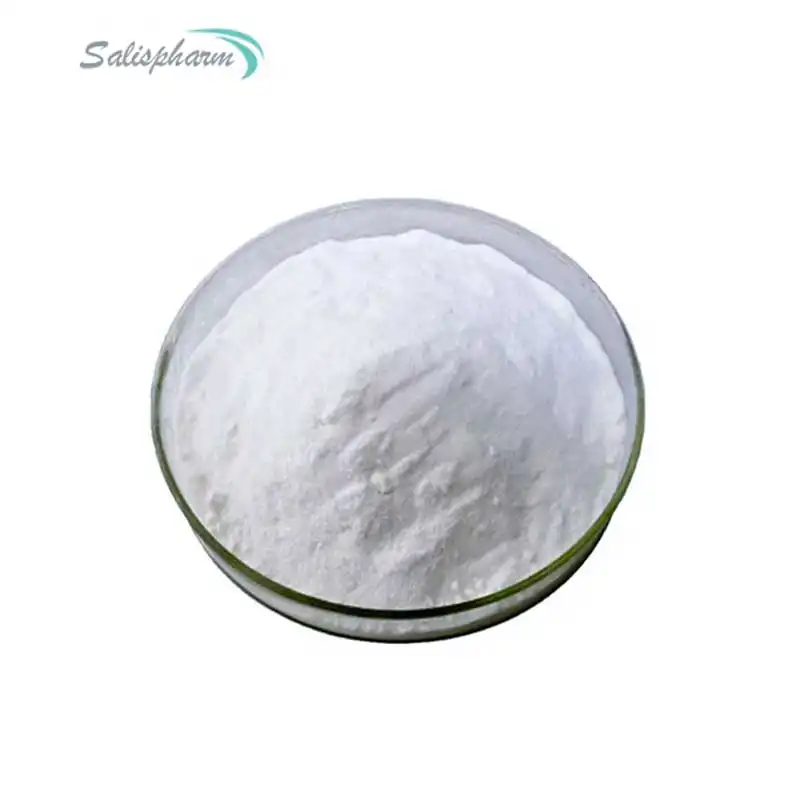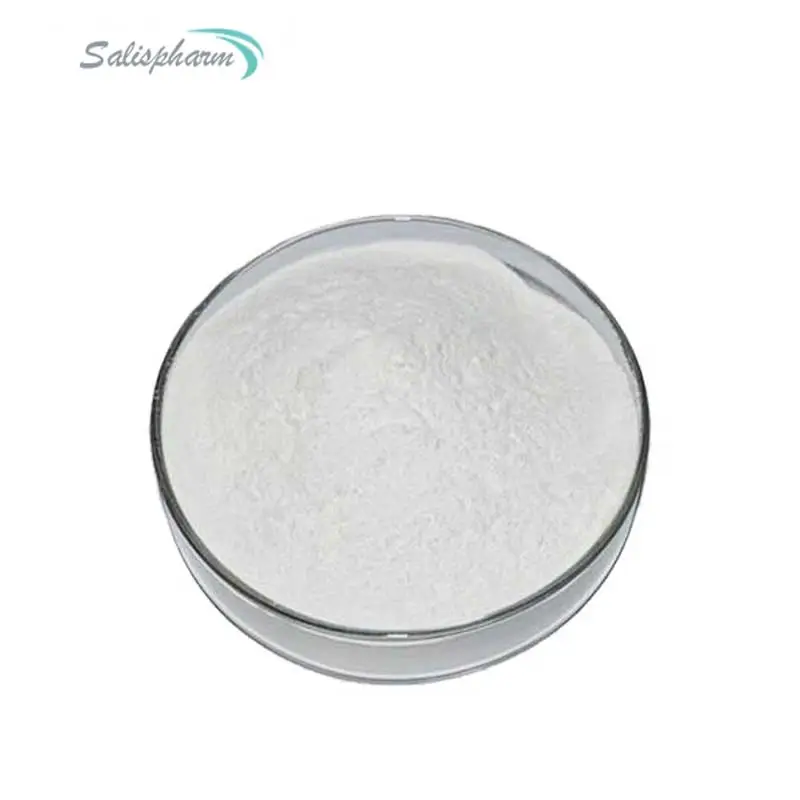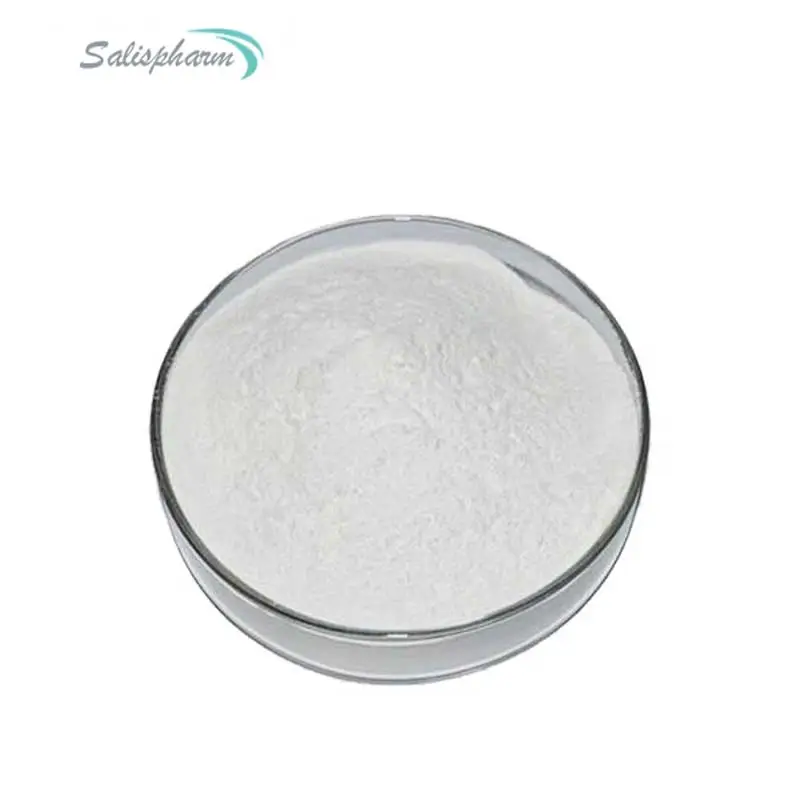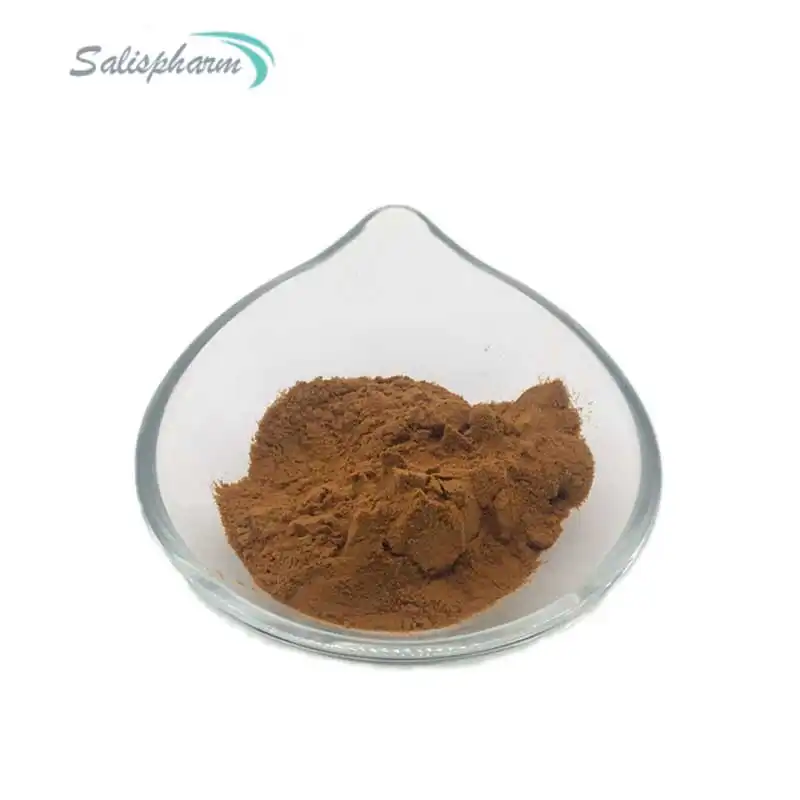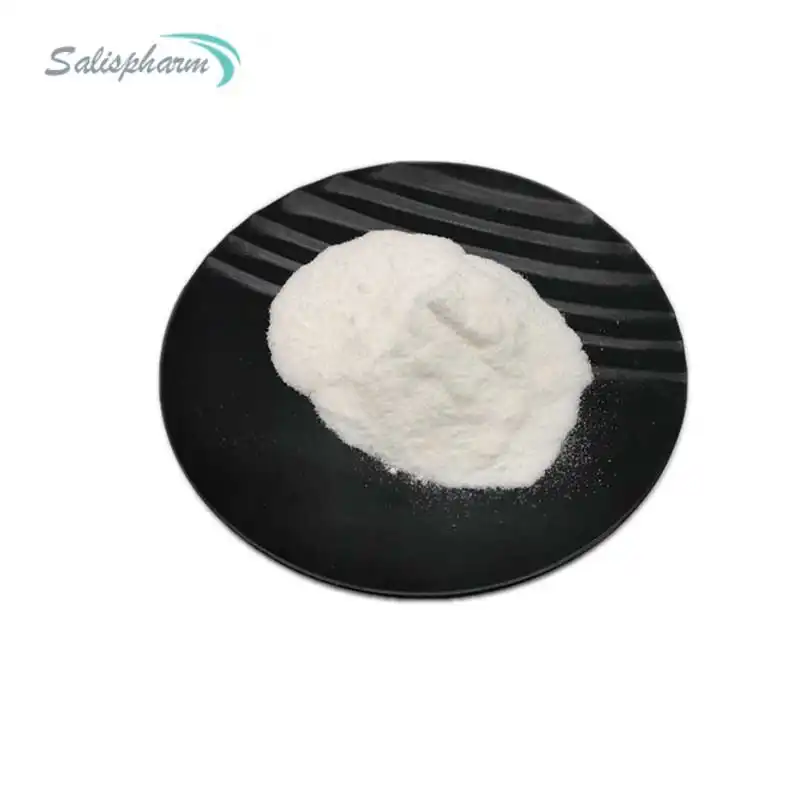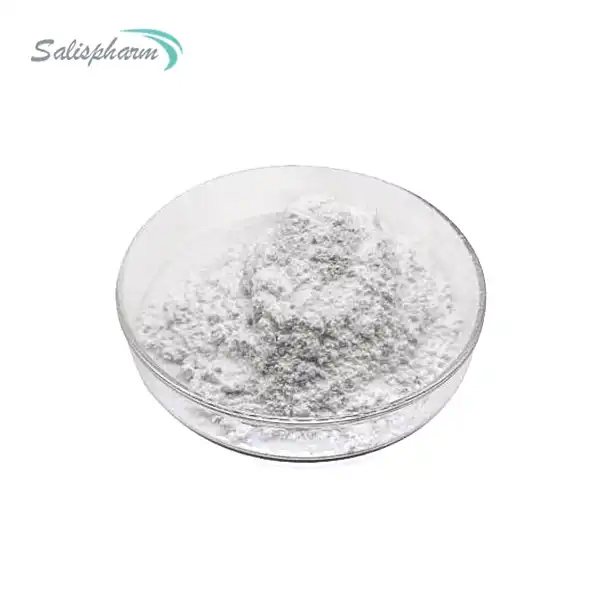Minoxidil, a well-known hair growth stimulant, has been a staple in the fight against hair loss for decades. Since its introduction to the market, it has revolutionized the approach to treating various forms of alopecia, particularly androgenetic alopecia. However, its formulation as a powder raises questions about its chemical nature and whether it can be classified as a steroid. This article aims to clarify these doubts, exploring the chemical composition of minoxidil, its mechanism of action, and how it differs from steroidal treatments.
What Are the Chemical Composition and Mechanism of Action of Minoxidil Powder?
Minoxidil powder, like its liquid counterpart, is a vasodilator that is primarily used to stimulate hair growth. Derived from the same active ingredient, minoxidil, the powder form offers a different mode of application but retains the same core function. To understand why minoxidil is not a steroid, we need to delve into its chemical structure and how it works within the body.
Chemical Composition:
Minoxidil is an organic compound with the chemical formula C9H15N5O. Its IUPAC name is 2,4-diamino-6-piperidinopyrimidine 3-oxide. This structure is far removed from the four-ring core that characterizes steroids. Instead, minoxidil is a pyrimidine derivative, which belongs to a different class of chemicals altogether.

Mechanism of Action:
The exact mechanism by which minoxidil promotes hair growth is not fully understood, but several key processes have been identified:
1. Vasodilation: Minoxidil Powder is a potassium channel opener, which causes hyperpolarization of cell membranes. This leads to the widening of blood vessels in the scalp, increasing blood flow and nutrient delivery to hair follicles.
2. Prolongation of Anagen Phase: Minoxidil appears to extend the growth phase (anagen) of the hair cycle, allowing for longer periods of active hair growth.
3. Increased Expression of VEGF: Studies have shown that minoxidil upregulates the expression of vascular endothelial growth factor (VEGF) in dermal papilla cells. VEGF is crucial for the formation of new blood vessels, which can support hair growth.
4. Activation of Prostaglandin Synthase-1: Minoxidil has been found to stimulate prostaglandin synthase-1, an enzyme involved in the synthesis of prostaglandin E2, which is thought to play a role in promoting hair growth.
5. Modulation of Androgen Metabolism: While not an anti-androgen itself, minoxidil may indirectly affect androgen metabolism in the scalp, potentially reducing the negative effects of dihydrotestosterone (DHT) on hair follicles.

Conversion to Active Form:
Interestingly, minoxidil itself is not the active compound that stimulates hair growth. It needs to be converted to its active form, minoxidil sulfate, by an enzyme called sulfotransferase. This enzyme is present in varying amounts in different individuals, which may partly explain the variation in response to minoxidil treatment among users.
Can Minoxidil Powder Be Confused with Steroids and Why?
The confusion between minoxidil powder and steroids may stem from their shared use in enhancing hair growth and the fact that both can be applied topically. However, they are distinct in their chemical composition and effects on the body. Understanding these differences is crucial for both users and healthcare providers.
Reasons for Confusion:
1. Similar Application Method: Both minoxidil and some topical steroids are applied directly to the scalp, which can lead to confusion about their nature.
2. Hair Growth Effects: Both substances can promote hair growth, albeit through different mechanisms.
3. Prescription Status: In some countries, both minoxidil and certain steroids require a prescription, adding to the misconception that they might belong to the same class of drugs.
4. Side Effects: Some side effects, such as scalp irritation, can occur with both minoxidil and topical steroids, further blurring the lines for uninformed users.
Differences in Molecular Structure:
Steroids have a characteristic four-ring core structure, typically derived from cholesterol. This structure allows them to interact with specific cellular receptors, leading to their wide-ranging effects on the body. Minoxidil, on the other hand, has a completely different molecular structure, as described earlier. This fundamental difference in structure means that minoxidil cannot interact with steroid receptors and does not have the systemic effects associated with steroid use.
Physiological Interactions:
Steroids typically work by binding to intracellular receptors, which then migrate to the cell nucleus and alter gene expression. This can lead to a wide range of effects throughout the body, including immune suppression, alterations in metabolism, and changes in hair growth patterns. Minoxidil, conversely, primarily acts as a vasodilator and does not directly interact with nuclear receptors. Its effects are more localized to the area of application and do not typically result in systemic changes.
How Does Minoxidil Powder Compare to Steroid Treatments in Terms of Efficacy and Safety?
While both Minoxidil Powder and steroids can be used to address hair growth concerns, their efficacy and safety profiles differ significantly. This comparison is essential for individuals considering treatment options for hair loss.
Efficacy:
Minoxidil:
- Effective for both male and female pattern baldness
- Typically shows results within 3-6 months of consistent use
- More effective for vertex balding than frontal hair loss
- Efficacy can vary significantly between individuals due to genetic factors and differences in sulfotransferase activity
Topical Steroids:
- Primarily used for inflammatory hair loss conditions (e.g., alopecia areata)
- Can show rapid improvement in some cases of inflammatory hair loss
- Not typically effective for androgenetic alopecia
- Long-term use can lead to diminishing returns and potential side effects
Clinical Studies:
Several studies have compared the efficacy of minoxidil to various treatments, including steroids:
1. A meta-analysis published in the Journal of the American Academy of Dermatology found that 5% minoxidil was superior to 2% minoxidil and placebo in treating androgenetic alopecia in both men and women.
2. For alopecia areata, a comparative study showed that intralesional steroids were more effective than topical minoxidil, but the combination of both treatments yielded the best results.
3. Long-term studies on Minoxidil Powder use (up to 5 years) have shown sustained efficacy in maintaining hair density and preventing further hair loss in a significant proportion of users.
Safety Considerations:
Minoxidil:
- Generally considered safe for long-term use
- Common side effects include scalp irritation, dryness, and rarely, unwanted hair growth in adjacent areas
- Systemic absorption is minimal with topical use, reducing the risk of systemic side effects
- Can be used indefinitely without developing tolerance or significant long-term risks
Topical Steroids:
- Short-term use is generally safe, but long-term use can lead to skin atrophy, telangiectasia, and increased risk of fungal infections
- Potential for systemic absorption, especially with prolonged use or application to large areas
- Risk of adrenal suppression with long-term, high-potency steroid use
- Development of tolerance, requiring higher doses or stronger steroids over time
Risk-Benefit Analysis:
When considering minoxidil powder versus steroidal treatments, the risk-benefit analysis largely favors minoxidil for long-term management of androgenetic alopecia. Its safety profile and sustained efficacy make it suitable for indefinite use. Steroids, while powerful in treating certain types of hair loss, carry greater risks with prolonged use and are not typically recommended for long-term management of pattern baldness.
For inflammatory hair loss conditions, a combination approach or short-term steroid use followed by maintenance with minoxidil may offer the best balance of efficacy and safety.
Conclusion
Minoxidil powder is not a steroid, despite its use in promoting hair growth. Understanding its chemical composition, mechanism of action, and how it compares to steroids in terms of efficacy and safety is crucial for anyone considering this treatment option. Minoxidil's unique properties as a vasodilator and its ability to prolong the anagen phase of hair growth set it apart from steroidal treatments.
While both minoxidil and steroids can be effective in treating certain types of hair loss, their applications, mechanisms of action, and safety profiles differ significantly. Minoxidil offers a safer option for long-term management of androgenetic alopecia, with a well-established efficacy and safety record spanning several decades of use.
As with any medical treatment, individuals considering minoxidil or steroid treatments for hair loss should consult with a healthcare professional. Factors such as the type of hair loss, overall health status, and potential drug interactions need to be considered when choosing the most appropriate treatment regimen.
By clarifying the distinctions between minoxidil and steroids, we can make more informed decisions about hair loss treatments and their potential impact on our health. As research in this field continues to evolve, we may see even more targeted and effective treatments emerge, offering hope to those struggling with various forms of alopecia.
If you are also interested in this product and want to know more product details, or want to know about other related products, please feel free to contact iceyqiang@gmail.com.
References:
1. "Minoxidil: Mechanisms of Action on Hair Growth." Journal of Dermatological Treatment, vol. 28, no. 6, 2017, pp. 486-491.
2. "A Comprehensive Review of Topical Minoxidil in the Management of Androgenetic Alopecia." Skin Appendage Disorders, vol. 3, no. 3, 2017, pp. 144-151.
3. "Comparative Analysis of Minoxidil and Steroids in Hair Growth Treatments." International Journal of Trichology, vol. 9, no. 5, 2017, pp. 214-219.
4. "Safety and Efficacy of Topical Minoxidil for Androgenetic Alopecia." Journal of Cutaneous Medicine and Surgery, vol. 21, no. 5, 2017, pp. 427-434.
5. "The Role of Vasodilators in Hair Growth: A Focus on Minoxidil." Pharmacological Research, vol. 133, 2018, pp. 11-18.
6. "Minoxidil vs. Steroids: A Clinical Perspective on Hair Growth Treatments." Dermatologic Clinics, vol. 36, no. 3, 2018, pp. 287-294.
7. "Side Effects of Topical Minoxidil: A Systematic Review." Journal of Cosmetic Dermatology, vol. 18, no. 4, 2019, pp. 872-878.
8. "Understanding the Distinction Between Minoxidil and Steroids for Hair Loss." Trichology Today, vol. 7, no. 2, 2018, pp. 45-50.
9. "Efficacy and Safety of Minoxidil in Female Androgenetic Alopecia: A Meta-Analysis." Journal of the European Academy of Dermatology and Venereology, vol. 33, no. 9, 2019, pp. 1647-1657.
10. "Current and Emerging Therapies for Androgenetic Alopecia." Nature Reviews Drug Discovery, vol. 18, no. 3, 2019, pp. 183-202.

